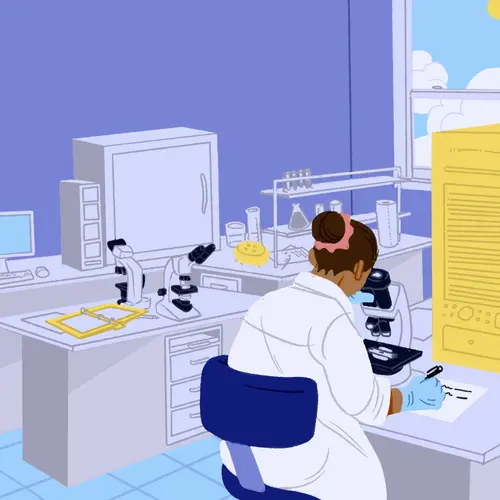When Was ADHD Discovered?
In 1798, a Scottish doctor, Sir Alexander Crichton, noticed some people were easily distracted and unable to focus on their activities the way others could. He reported that these symptoms began early in life. That's consistent with what we now call attention deficit hyperactivity disorder (ADHD).
Early Descriptions of ADHD
In a series of lectures in 1902, Sir George Frederic Still talked about mental conditions in otherwise healthy children of normal intelligence. These children were more impulsive, and had problems with attention and self-control. He noted 15 cases in young boys and five in girls. This squares with the modern-day knowledge that males are more likely to be diagnosed with ADHD than females.
The Discovery of Hyperkinetic Disease
In 1932, German doctors Franz Kramer and Hans Pollnow described a condition called hyperkinetic disease. Children with this condition couldn’t stay still. Their difficulty following rules disturbed their school classes. And they had problems getting along with other kids. The condition started in children as young as 3 or 4 and peaked at age 6. By the time the kids were 7, their restlessness became less intense. Most got better as they grew older.
The First Medication for Hyperactivity
In 1937, Charles Bradley, the medical director of what is today called Bradley Hospital in East Providence, RI, noticed that a stimulant called Benzedrine caused some children to behave better. It also improved their school performance. Benzedrine had been approved by the FDA in 1936. But it took many years before researchers took notice of Bradley's findings.
Introduction of Ritalin
Today, methylphenidate is the stimulant doctors most often prescribe for children with ADHD. It was first made in 1944, and marketed in 1954 as Ritalin. At first, it was used to treat conditions such as chronic fatigue and depression. But it worked best to improve symptoms of ADHD.
From ADD to ADHD
ADHD was not included in the American Psychiatric Association’s "Diagnostic and Statistical Manual of Mental Disorders" (DSM) until its second edition in 1968. Then, it identified the condition as hyperkinetic reaction of childhood. In the third edition, released in 1980, the APA renamed the condition attention deficit disorder (ADD) and created two variations: ADD with hyperactivity and ADD without hyperactivity.
In 1987, the APA changed the name to attention deficit hyperactivity disorder (ADHD), which combined inattentiveness, impulsivity, and hyperactivity into a single type.
ADHD Today
In 1994, the APA released a fourth edition of the DSM. It listed three types of ADHD: mostly inattentive; mostly hyperactive and impulsive; and a combined type that includes all three symptoms. This edition of the DSM also recognized that ADHD symptoms don't always go away when children become adults.
In the most recent edition, published in 2013, the APA designated the three types as the three "presentations" of ADHD. That means the ways the disorder may affect people. The APA said this can change over time.
The Growth in Cases
More than 5 million children between ages 4 and 17 in the U.S. are now diagnosed with ADHD. Boys make up twice as many cases as girls. In 1997-1999, 7% of all kids in this age group in the U.S. were diagnosed with ADHD. By 2012-2014, that had risen to over 10%. The rates of kids in this age group who'd ever been diagnosed with ADHD increased about 5% per year from 2003 to 2011.
About 4.4% of U.S. adults are now reported to have ADHD, and 62% of them are men. One study found that the rate of ADHD in adults in the U.S. rose from .43% in 2007 to .96% in 2016. That's an increase of 123%.
New Treatments
Stimulants are still the most common way to treat ADHD. But many brands have joined Ritalin. They include other types of methylphenidate as well as amphetamines. The first non-stimulant medication for ADHD was released in 2002, and others followed. These include drugs like atomoxetine (Strattera) and guanfacine (Intuniv), which is also used to treat high blood pressure. Other treatments are in the works.

